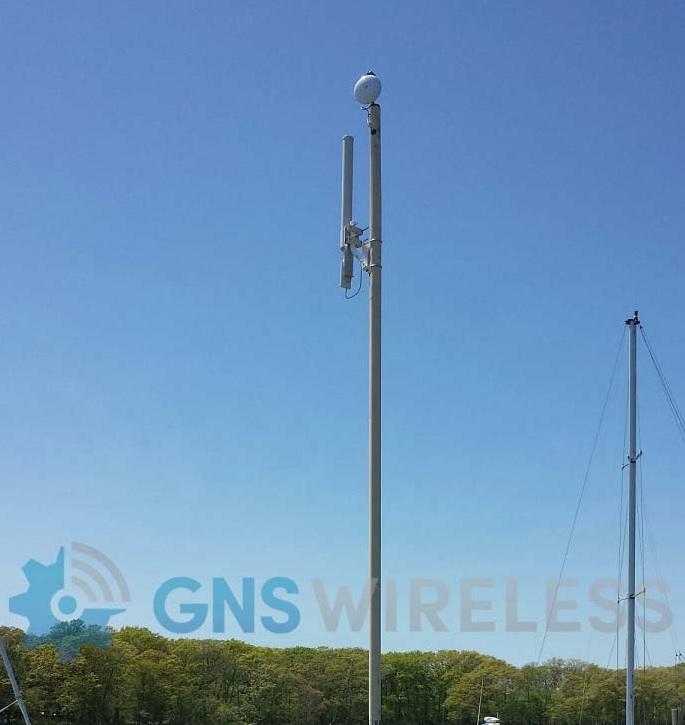 | Some of the latest trends in outdoor Wi-Fi include the following:
|
If you want to set up an outdoor Wi-Fi network that is fast, reliable, and secure, there are a few key factors to consider.
From selecting the right equipment to optimizing your network settings, there are several steps you can take to ensure that your outdoor Wi-Fi network delivers the best possible performance. In this blog post, we will provide a comprehensive guide to optimizing your outdoor Wi-Fi network.
-
Choose the Right Equipment The first step in optimizing your outdoor Wi-Fi network is to choose the right equipment. Look for devices that are specifically designed for outdoor use, such as weatherproof access points and antennas. Make sure that the equipment you choose is capable of providing the coverage and capacity you need for your specific use case.
-
Plan Your Network Before installing your outdoor Wi-Fi network, it’s important to plan out the placement of your access points and antennas. You should take into account factors such as the distance between access points, the terrain, and any obstacles that may interfere with your signal. This will help you ensure that your network provides comprehensive coverage while avoiding interference or dead zones.
-
Optimize Your Network Settings Once your outdoor Wi-Fi network is up and running, you’ll want to optimize your network settings to ensure the best possible performance. Start by selecting the appropriate channel and channel width for your network. This will help you avoid interference from other Wi-Fi networks or devices. You should also consider implementing Quality of Service (QoS) settings to prioritize traffic and ensure that critical applications receive sufficient bandwidth.
-
Secure Your Network Finally, it’s important to ensure that your outdoor Wi-Fi network is secure. You should use strong encryption and authentication protocols to protect against unauthorized access and data breaches. You should also consider implementing other security measures, such as firewalls and intrusion detection systems, to protect your network from cyber threats.
By following these steps, you can optimize your outdoor Wi-Fi network and ensure that it provides reliable, high-speed connectivity to your users. Whether you’re setting up an outdoor Wi-Fi network for a business, a public space, or a residential community, these best practices can help you deliver the best possible performance and user experience.
